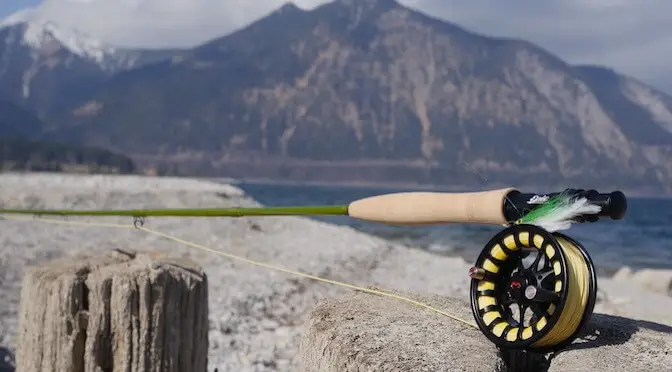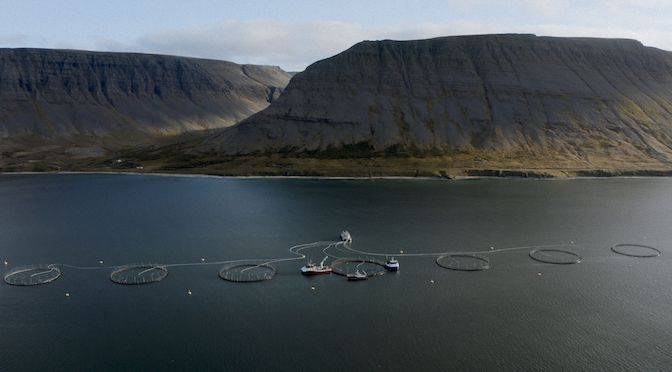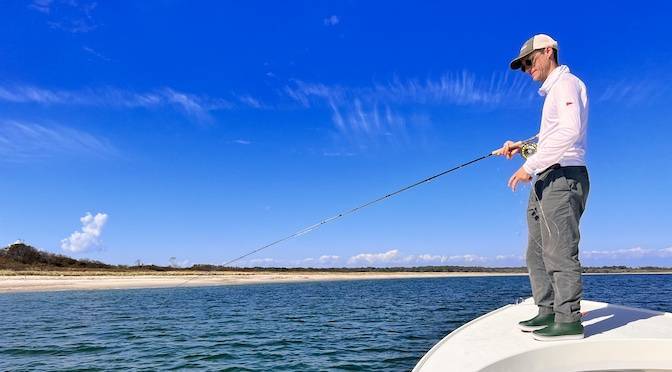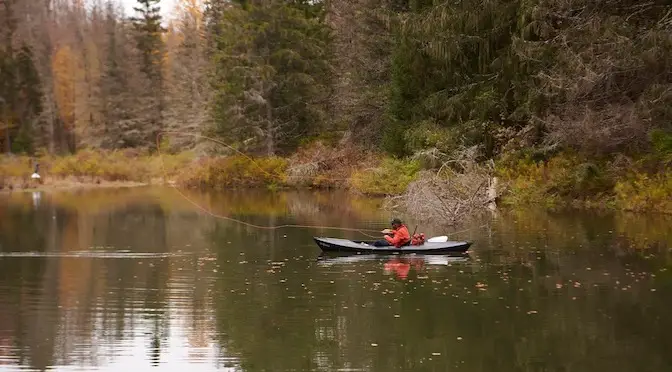Last updated on January 10th, 2024.
- Weatherproof Versatilty: Hands on with the Rux Waterproof Bag - April 3, 2024
- Fly Reel Sizes Explained: A Comprehensive Guide - April 2, 2024
- Fly Rod Weights Explained: A Beginner’s Guide - March 28, 2024
The fishing hut sits on a man made lake that was originally built as a fish farm. Nowadays it is fed by a river that is typical of the chalk streams defining this part of the Hampshire, UK countryside. Fast flowing, clear and shallow water makes it the perfect habitat for brown trout and other freshwater fish providing some of the best fly-fishing in the UK.
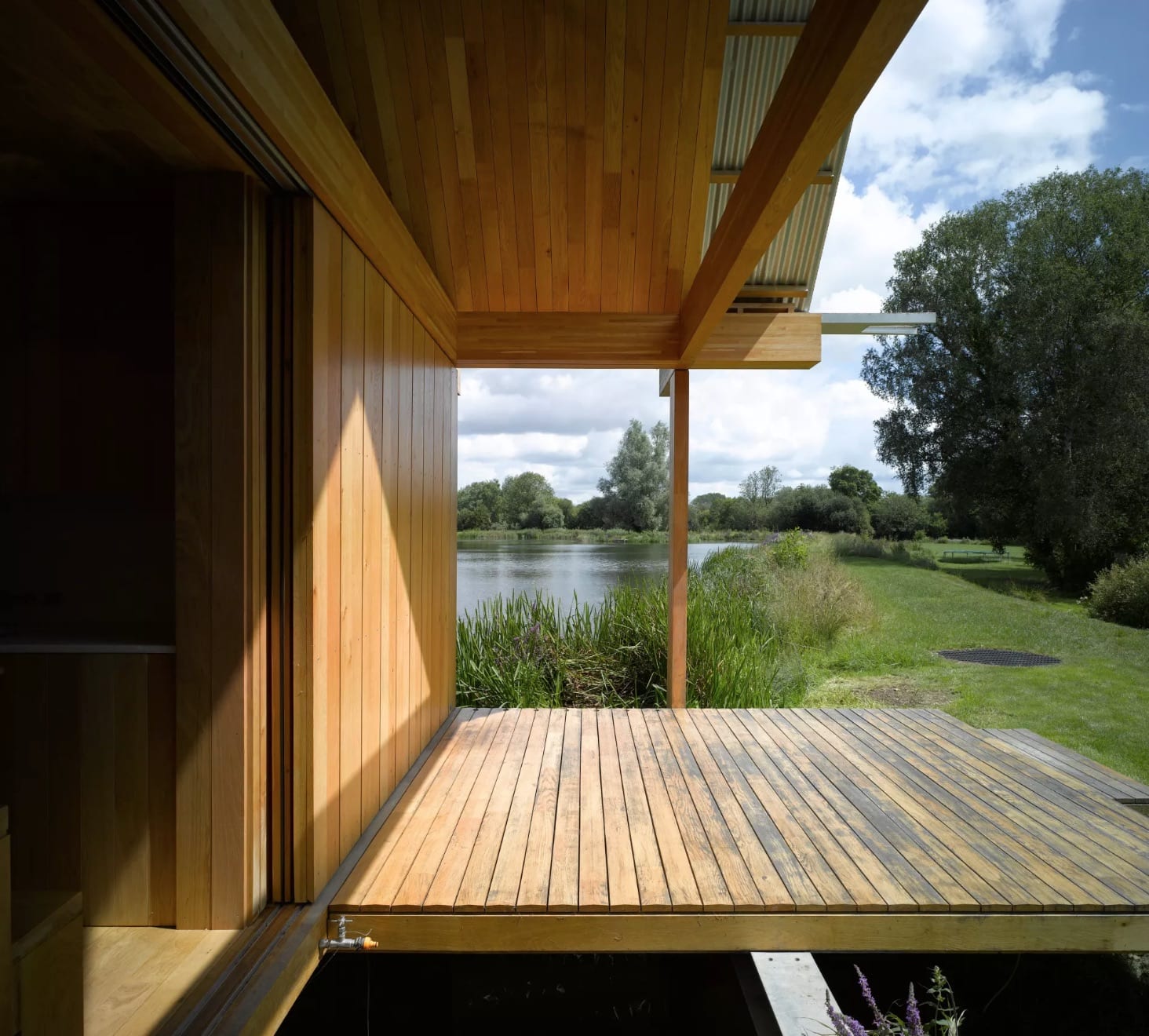
Niall McLaughlin Architects’ client wanted a secure place to store boats and fishing tackle. At the same time he envisioned the fishing house to serve as a meeting place and shelter for anglers. To facilitate moving boats in and out of the water a covered mooring was required. The building was to be used occasionally during the trout-fishing season from late April to September. The structure was to be as open as possible when in use to maximise views of the rural landscape in which it was situated. At the same time it had to be possible to close up and secure the building when the owner was away.

To build the fishing house the lake was drained in 2011 to carry out major works to clear silt and repair the banks. The architects identified a location for the Fishing Hut at the southwest corner of the lake that provided easy access from the riverbank and optimum views along the lake and river. 18 precast concrete drainage rings at 1.8m centres were installed on the lakebed and filled with concrete to form pad foundations before the lake was refilled.
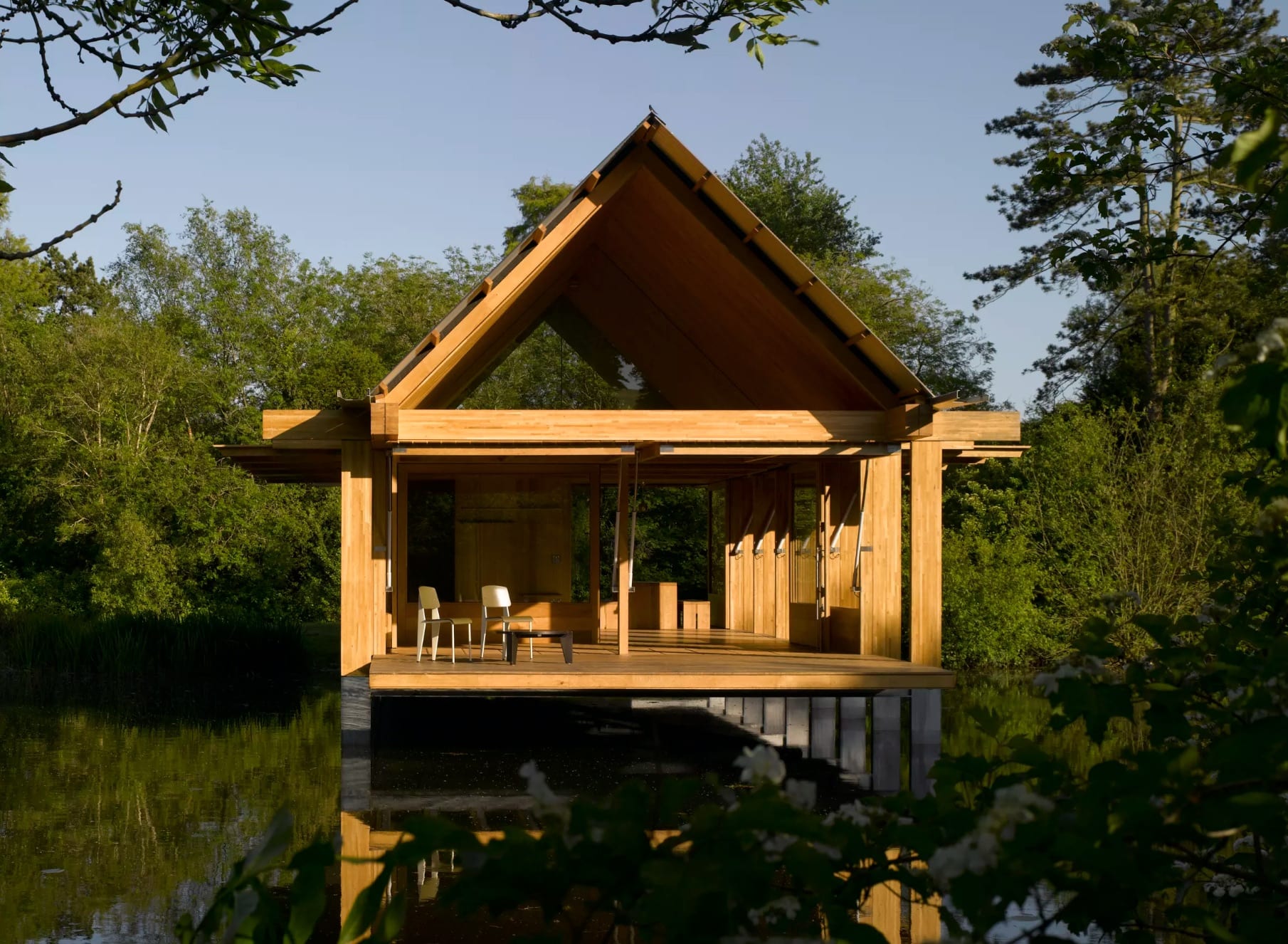
The fishing house was constructed on its pad foundations between April and September 2014 without re-draining the lake. Nine galvanized steel goalpost frames are fixed to the pad foundations. The steel frames support the timber floor structure and the glue-laminated Oak superstructure. The roof is made of softwood rafters, clad internally with Oak boards and externally with profiled aluminium sheeting.

The building’s structure organises its plan into ten bays of 1.8m. A pair of bays at each end form open decks, partly covered by the overhanging pitched roof. Below the eaves shutters and cladding formed of open jointed timber planks enclose the six central bays. This enclosure comprises a weather tight internal space of four bays and a semi-enclosed storage area. The first bay of the internal space contains an entrance lobby, WC, kitchenette and dining area. The other 3 bays form an open plan area enclosed by sliding glazed screens. The storage area beyond contains a loft for boat storage, an external shower and a covered mooring with a removable floor and water gate.
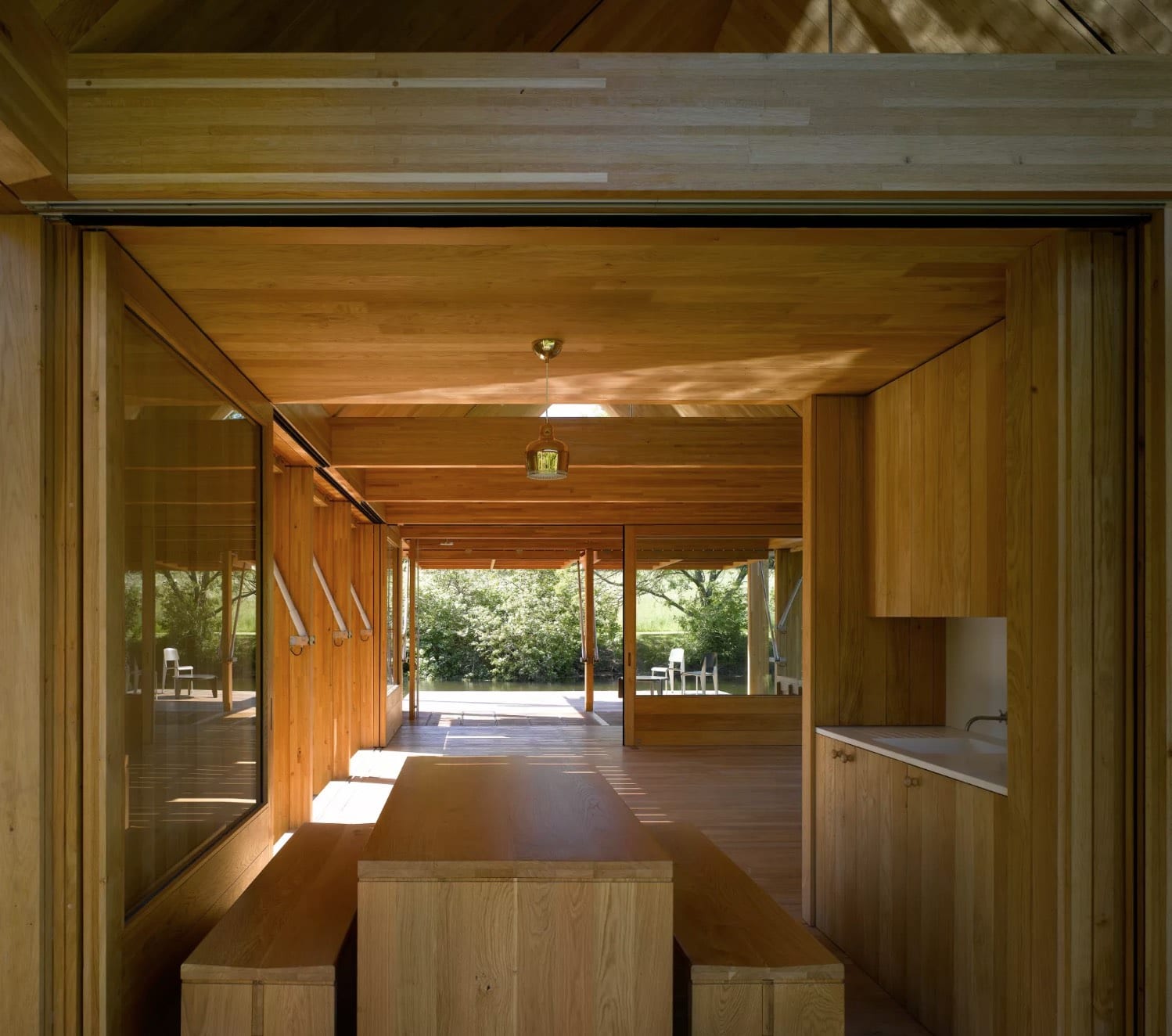
In its closed state the pitched roof form and handling of the cladding materials refer directly to the construction of modern agricultural buildings. The exposed timber structure and cladding is made of Oak. The architects chose this native species for its durability and characteristic colour and grain. The untreated exterior timber will weather to match the silver-grey colouring of the roof cladding and steel supports.
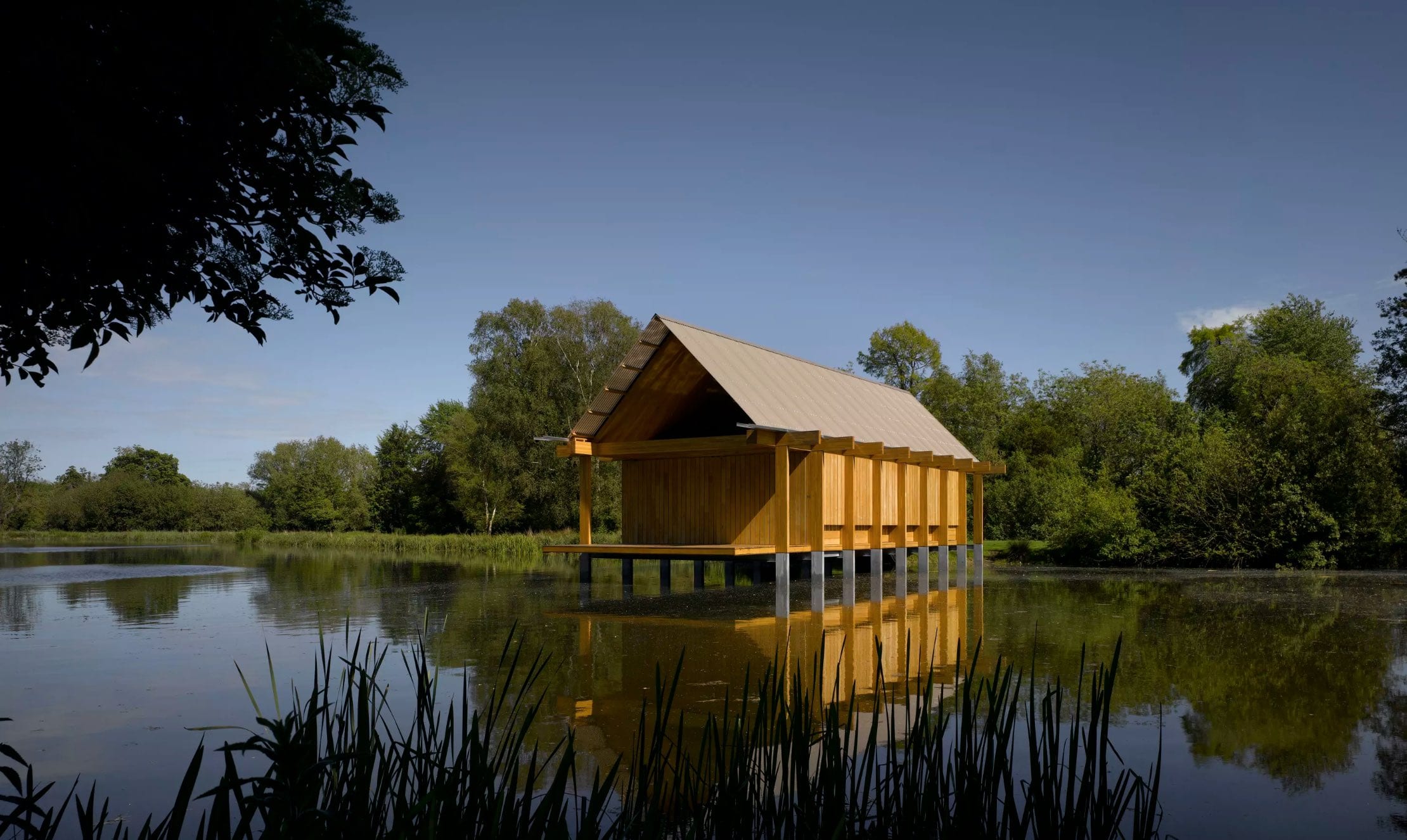
Along the sides of the fishing house the architects sought a form of shutter that gave the least visual intrusion on the continuous horizon. By horizontally pivoting the shutters upward from the eaves the enclosure disappears, leaving you on a deck above the water beneath the pitched roof. In contrast to the exterior, the timber of the enclosed interior will retain in its warm golden tone, which is revealed and reflected in the water as the perimeter shutters are opened.
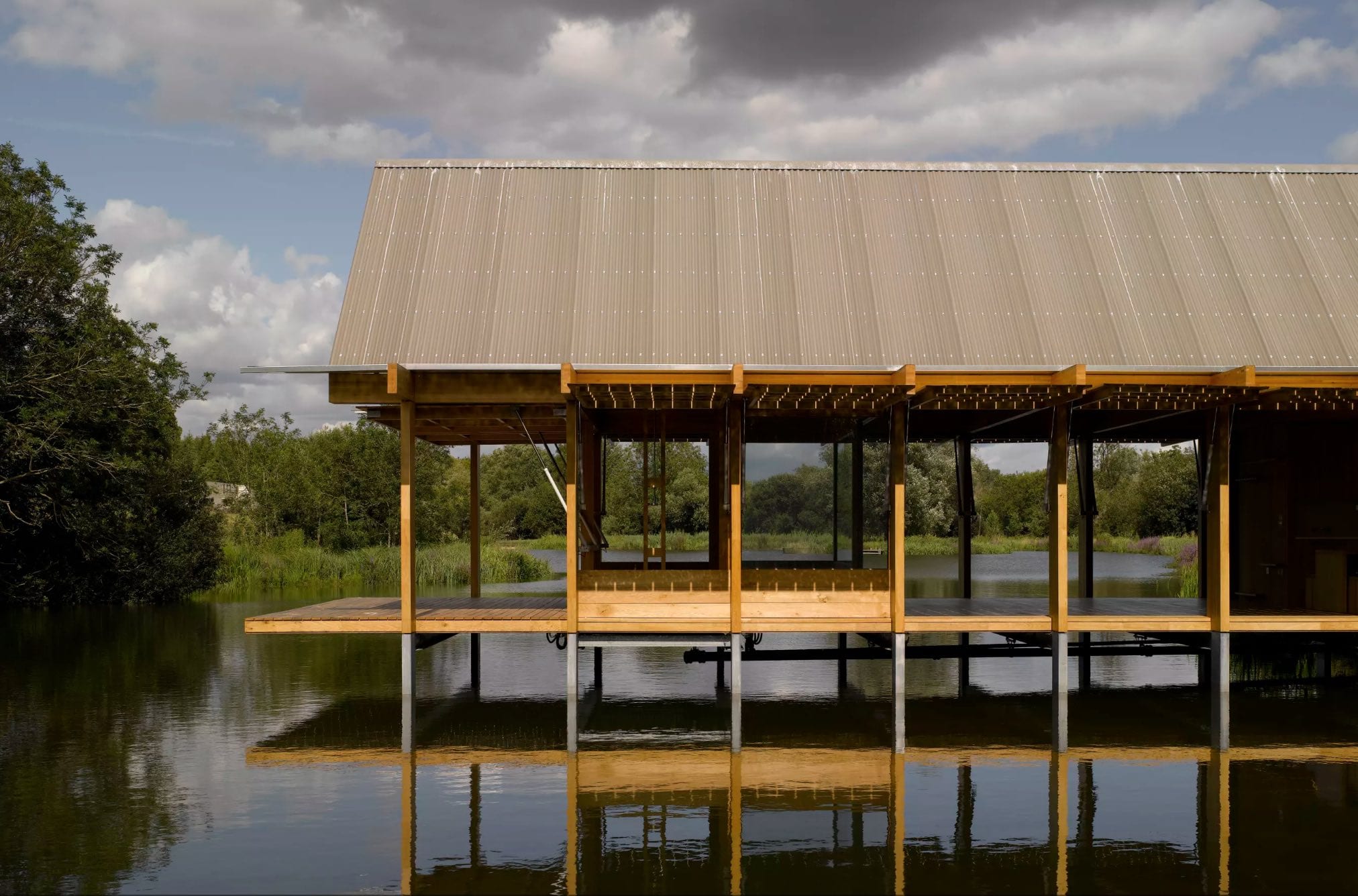
The building has won the RIBA Stephen Lawrence Prize 2015, which honors projects built for less than £1 million and the first prize at the annual Wood Awards.
For more information visit Niall McLaughlin Architects and Nick Kane.



